Swim Bladder Disease in Fish: Causes, Symptoms, and Treatment
Learn about Swim Bladder Disease (SBD) in aquarium fish, including its causes, symptoms, treatment options, and prevention tips to keep your fish healthy.
Table of Contents
- Understanding Swim Bladder Disease?/a>
- Symptoms of Swim Bladder Disease
- What is the Swim Bladder?
- What Causes Swim Bladder Disease?
- How to Treat Swim Bladder Disease
- Is Swim Bladder Disease Contagious?
- How to Prevent Swim Bladder Disease
- Faq
- Conclusion
Understanding Swim Bladder Disease
Is your fish struggling to stay upright, floating uncontrollably, or sinking to the bottom of the tank? It might be suffering from Swim Bladder Disease (SBD) - a common condition that affects a fish’s ability to control buoyancy. Understanding the causes, symptoms, and treatments can help you restore your fish’s health and prevent future occurrences.
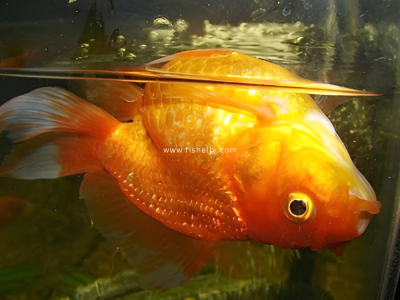
Symptoms of Swim Bladder Disease
Fish with swim bladder disease may show the following symptoms:
• Difficulty staying upright or maintaining position in water

• Floating uncontrollably at the surface or sinking to the bottom

• Swimming sideways, upside-down, or erratically

• Bloating or swollen belly

• Loss of appetite and difficulty eating

• Lethargy or signs of stress

What is the Swim Bladder?
The swim bladder is a gas-filled organ that helps fish control their buoyancy, allowing them to float effortlessly without continuous swimming. When this organ malfunctions, fish may experience difficulty maintaining balance, leading to erratic swimming behavior, discomfort, and stress.

What Causes Swim Bladder Disease?
Swim bladder disease is not a single disease but a term for various conditions affecting the swim bladder. It commonly occurs in freshwater fish such as goldfish, bettas, and koi but can affect any species. The main causes include:
1. Overfeeding and Constipation
• Eating too much or consuming food that expands in the stomach (e.g., dry flakes or pellets) can put pressure on the swim bladder.
• Gulping air while eating floating food can lead to excess gas buildup.
• A low-fiber diet may cause bloating, affecting swim bladder function.

2. Infections and Parasites
• Bacterial infections can inflame the swim bladder, leading to dysfunction.
• Parasites like Hexamita, Capillaria, and Pleistophora can interfere with organ function and cause blockages.
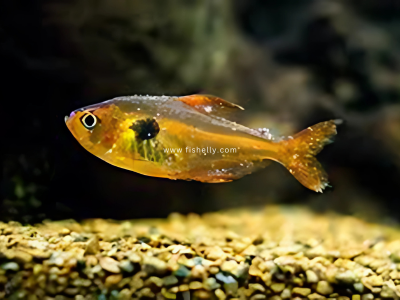
3. Physical Injury
• Rough handling or improper netting can injure internal organs, including the swim bladder.
• Aggressive tank mates may cause trauma, leading to swelling or nerve damage that affects buoyancy.

4. Genetic Factors
• Fancy goldfish and bettas are more prone to swim bladder issues due to their compressed body shapes.
• Selective breeding for aesthetic traits can affect internal organ placement and function.
5. Poor Water Quality
• High levels of ammonia, nitrites, and nitrates stress fish and may cause organ failure.
• Low oxygen levels and incorrect pH can impact digestion and overall health.

6. Temperature Shock
• Sudden temperature changes can slow digestion, causing bloating and swim bladder issues.
• Cold water reduces digestive efficiency, especially in goldfish.
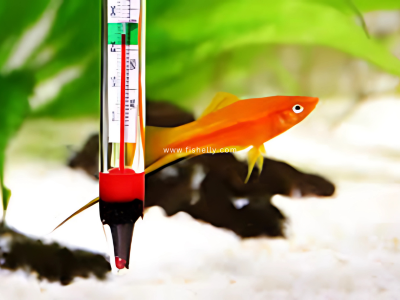
How to Treat Swim Bladder Disease
The treatment depends on the underlying cause. Here’s how to help your fish recover:
1. Fasting and Diet Adjustment
• Stop feeding for 24-48 hours to allow digestion to clear.
• After fasting, offer deshelled, cooked peas, which act as a natural laxative.
• Switch to sinking pellets or fresh foods (e.g., daphnia, bloodworms) to reduce air intake.

2. Improve Water Quality
• Perform a 25-50% water change to remove toxins.
• Maintain proper water parameters:
Temperature: 74-80°F (depending on species)
Ammonia: 0 ppm
Nitrite: 0 ppm
Nitrate: <20 ppm
• Use a water conditioner to remove chlorine and heavy metals.

3. Treat Infections and Parasites
• Use antibacterial medications (e.g., API Melafix) for suspected bacterial infections.
• If parasites are present, treat with Praziquantel or Metronidazole.

4. Adjust the Tank Environment
• Reduce water flow if the fish has difficulty swimming.
• Provide hiding spots to reduce stress.

• Use a heater to maintain stable water temperature.
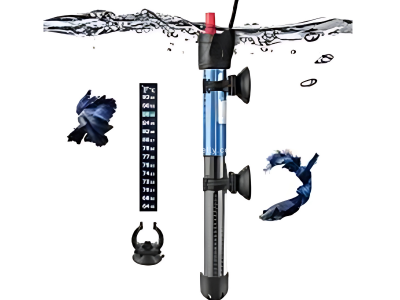
5. Surgical Intervention (For Severe Cases)
In rare cases, a veterinarian may need to perform surgery to remove swim bladder blockages.
Is Swim Bladder Disease Contagious?
Swim bladder disease itself is not contagious, but if caused by bacterial or parasitic infections, other fish may be at risk. Quarantine affected fish if multiple tankmates show symptoms.
How to Prevent Swim Bladder Disease
Prevention is key! Follow these tips to keep your fish healthy:
• Feed small, balanced meals and avoid overfeeding.
• Offer high-fiber foods and sinking pellets instead of floating flakes.
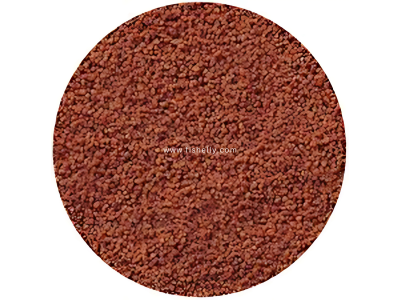
• Keep the tank clean with regular water changes.
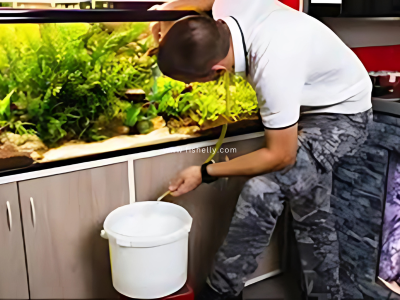
• Quarantine new fish before adding them to the main tank.

• Maintain a stable water temperature to support digestion.

• Avoid aggressive tank mates to prevent injuries.

Faqs
1. What is swim bladder disease?
It is a condition that affects a fish’s ability to control buoyancy, leading to swimming difficulties.
2. What causes swim bladder disease?
Common causes include overfeeding, infections, poor water quality, genetic factors, and temperature fluctuations.
3. How do I know if my fish has swim bladder disease?
Symptoms include floating upside down, sinking, erratic swimming, bloating, loss of appetite, and lethargy.
4. Can swim bladder disease be cured?
Yes! With dietary adjustments, improved water quality, and medications, most fish recover.
5. What is the fastest way to treat swim bladder disease?
Fast the fish for 24-48 hours, then feed blanched, deshelled peas to relieve constipation.
6. How does water quality affect swim bladder disease?
Dirty water can lead to infections that inflame the swim bladder. Regular water changes are crucial.
7. Can fish recover from swim bladder disease?
Yes, if treated early. However, genetic cases may require lifelong care.
8. How can I prevent swim bladder disease?
Maintain a proper diet, clean water, stable temperature, and stress-free environment.
9. Is swim bladder disease contagious?
No, but bacterial or parasitic infections can spread in poor water conditions.
10. Can humans get swim bladder disease?
No, it only affects fish and poses no harm to humans.
Conclusion
Swim bladder disease can be distressing, but with the right care, most fish can recover. Early diagnosis and prompt action can prevent permanent damage and help your fish lead a healthy life. By maintaining good water quality, a balanced diet, and a stress-free environment, you can significantly reduce the risk of swim bladder disease in your aquatic pets.
Got questions or tips? Drop them in the comments!






